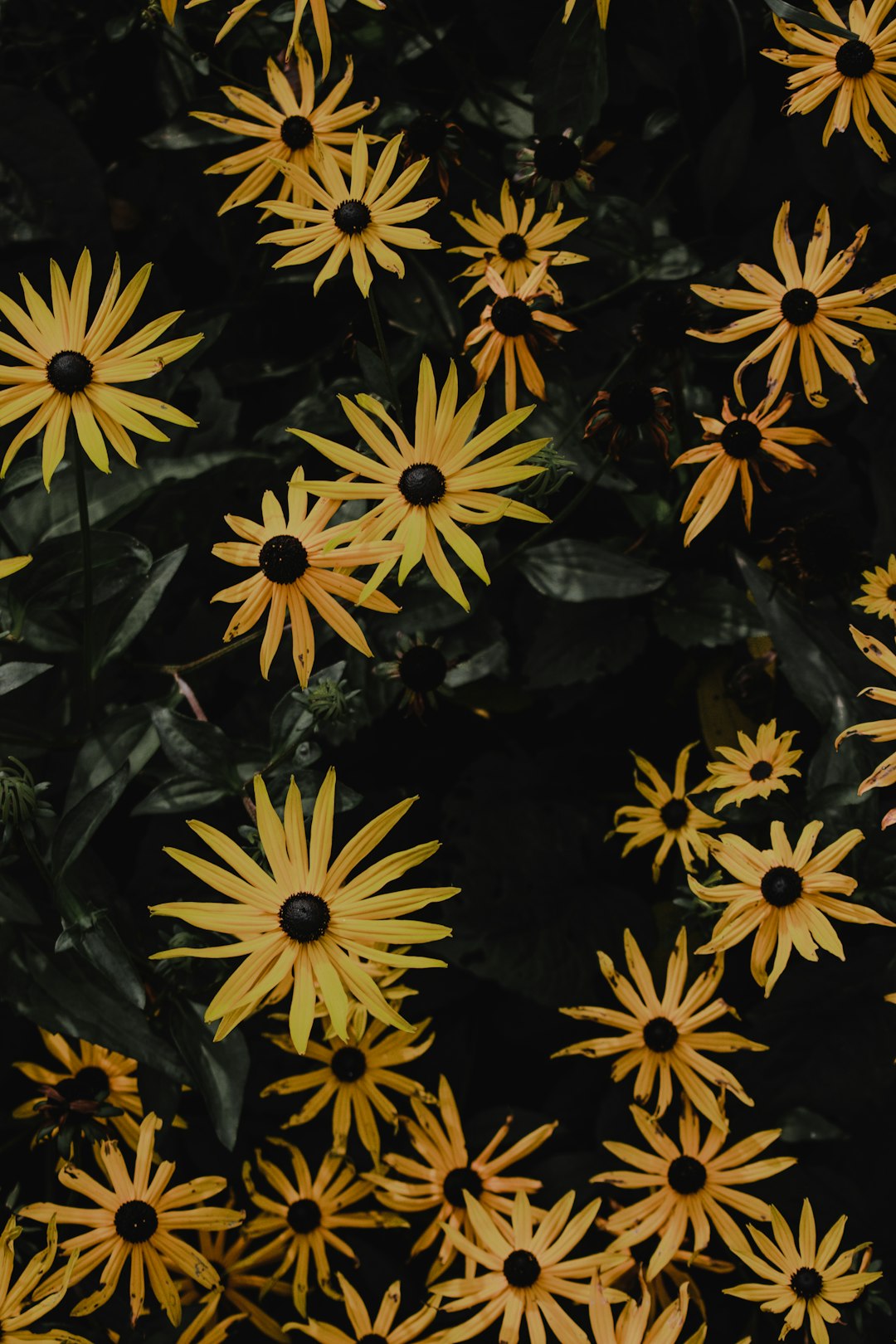The Secret of Perennial Edibles in Your Garden

Edible gardening is a rewarding hobby that allows you to grow your own fresh produce right at home. One of the most exciting aspects of edible gardening is the discovery of perennial plants. Unlike annual plants that need to be replanted every year, perennial vegetable and fruit plants come back year after year, providing a continuous supply of delicious food.
Let's start by exploring some of the popular perennial vegetables. Asparagus is a classic choice. It takes a bit of patience to establish, usually taking about two to three years before you can start harvesting. But once it's established, an asparagus bed can produce tender spears for up to 20 years. Asparagus prefers well - drained soil and plenty of sunlight. You can plant asparagus crowns in early spring, and as the plants grow, make sure to keep the area weed - free.
Another great perennial vegetable is rhubarb. Rhubarb has large, vibrant leaves and thick, red or green stalks. The stalks are the edible part, and they are often used in pies, jams, and other desserts. Rhubarb is a hardy plant that can tolerate cold winters. It should be planted in a location with partial shade and rich, moist soil. When harvesting rhubarb, simply pull the stalks gently from the base, being careful not to damage the plant.
For those who love tomatoes, there are even some perennial tomato varieties. Although tomatoes are typically thought of as annuals, in warmer climates, certain heirloom varieties can come back. These perennial tomatoes may require some protection during the colder months, such as covering them with a frost cloth. They need full sun and well - fertilized soil to thrive.
Now, let's move on to perennial fruits. Strawberries are a favorite among gardeners. There are both everbearing and June - bearing varieties. Everbearing strawberries produce fruit throughout the growing season, while June - bearing varieties have a more concentrated harvest in early summer. Strawberries should be planted in raised beds or containers with well - drained soil. They also need regular watering and a bit of mulch to keep the soil moist and prevent weeds.
Blueberries are another excellent choice for a perennial fruit garden. They are rich in antioxidants and have a sweet - tart flavor. Blueberries require acidic soil, so you may need to amend your soil with peat moss or sulfur. They also need full sun and plenty of water, especially during the fruiting season. Pruning blueberry bushes regularly will help them produce more fruit.
Raspberries are also a popular perennial fruit. There are red, black, and purple varieties. Raspberries grow on canes and need support, such as a trellis. They prefer well - drained soil and full sun. When harvesting raspberries, gently pick the ripe berries, being careful not to crush them. Raspberries can be eaten fresh, made into jams, or used in baking.
When planning your edible garden with perennial plants, it's important to consider the spacing between the plants. Each plant has its own requirements for growth and development. Make sure to research the specific needs of each plant you choose. Also, keep in mind that some perennial plants may need to be divided every few years to maintain their health and productivity.
Overall, incorporating perennial vegetables and fruits into your edible garden is a smart and sustainable choice. It not only saves you time and money in the long run but also provides you with a bountiful harvest year after year. So, roll up your sleeves, get your gardening tools ready, and start planting these wonderful perennial edibles in your garden today!